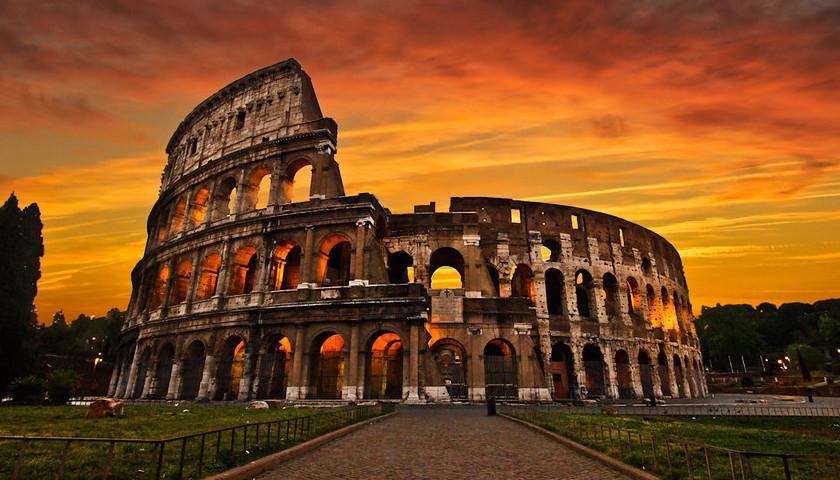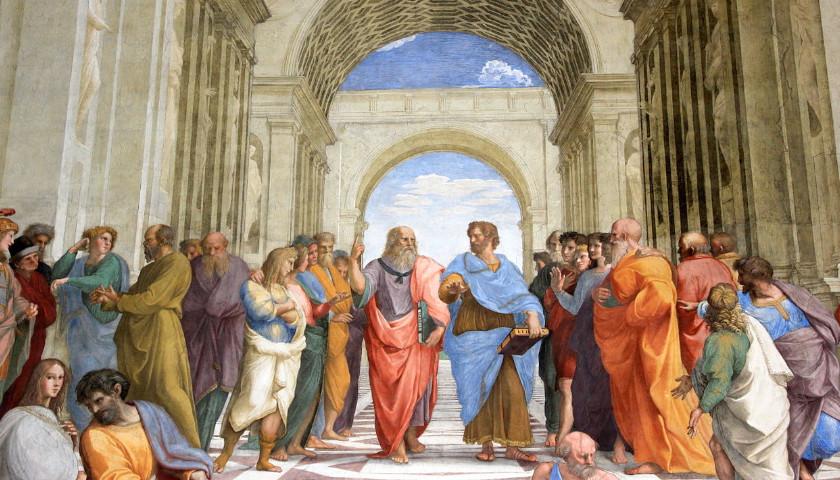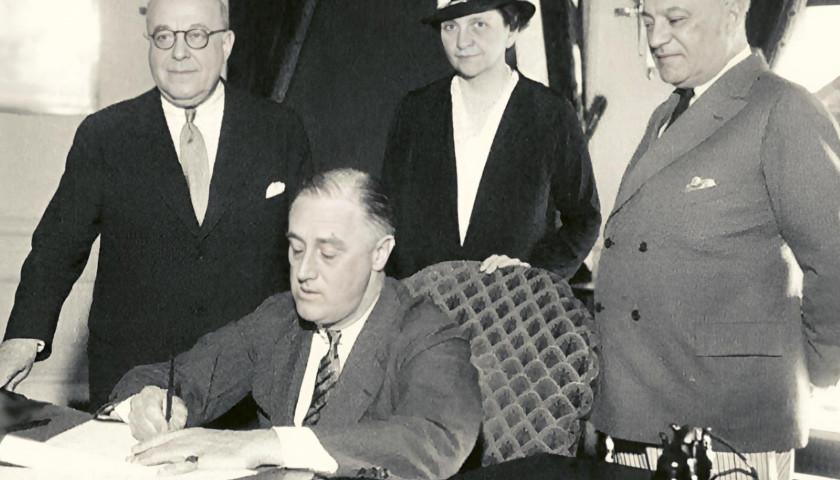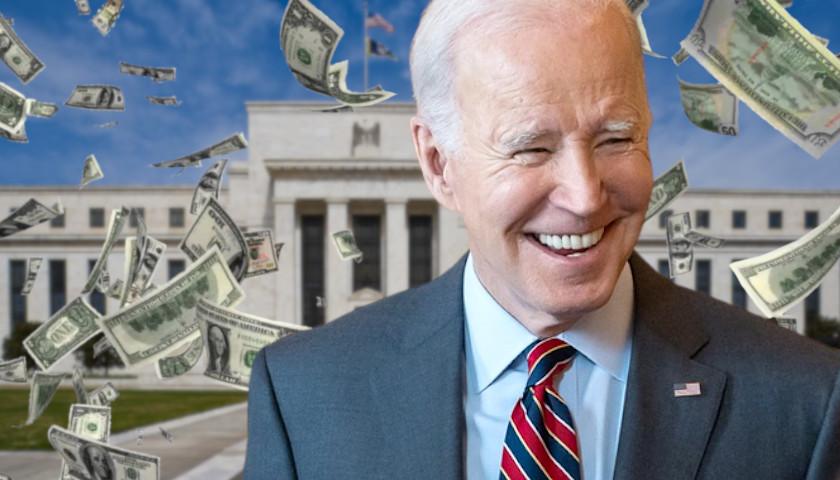by Richard Vedder
For decades, I taught a course in European economic history that stressed the Industrial Revolution and its aftermath and spent a couple of lectures talking about the Roman Empire and other ancient civilizations. The Roman Empire lasted over 500 years (by some accounts, even longer) but ultimately declined and fell. Is America and its world leadership (rather than “empire”) undergoing a remarkably similar decline? Is history eerily repeating itself well over a millennium later?
It took Edward Gibbon (1737-1794) the better part of two decades and six volumes to describe the decline and fall of the Roman Empire. According to Gibbon, “The decline of Rome was the natural and inevitable effect of immoderate greatness. Prosperity ripened the principle of decay; the causes of destruction multiplied with the extent of conquest.” An American historian, William L. Westermann (1873-1954), added another twist: “It was the loss of economic freedom, even more than the loss of political freedom, which had such disastrous results upon private initiative and finally undermined Graeco-Roman civilization.” A third, rather famous, alternative perspective on the fall of Rome came from the great Belgian historian Henri Pirenne (1862-1935), who said the Roman Empire did not end with the fall of Rome in 476, but rather hundreds of years later as a consequence of the rise of Islam in the seventh and eighth centuries. Sixth-century rulers like Theodoric (493-526) and especially Justinian (527-565) had actually extended the size and scope of the Roman lands, nearly regaining its earlier magnitude.
Looking at the traditional Gibbon perspective as modified by Westermann, I can immediately identify four factors in Rome’s decline that seem to be repeating themselves today: “bread and circus” policies, a debasing of the currency and related fiscally irresponsible policies, a deterioration in the quality of leadership, and a decline in a cohesive political identity.
Bread and Circuses Then and Now
One feature of the Roman Empire in the first century A.D. and after was the provision by governing authorities of bread to the masses, along with popular spectacles such as gladiator contests. In America, the governmental move to provide “bread” to the masses has come in three spasms of progressive insurgence, first during the New Deal in the 1930s, then the Great Society era of the 1960s, and culminating in the Obama-Biden welfare expansion in recent years. One example: we had no federal food stamp (SNAP benefit) program before the 1960s, and as late as 2000, it involved 17.2 million people, costing under $15 billion. In fiscal year 2022, the number of recipients had well over doubled from the beginning of the century to 41.2 million, and the government spent about $114 billion in benefits — without any appreciable change in the official national poverty rate. Additionally, the cost of the annual average benefit more than tripled — far more than the increase in food prices. Will lobster and pate foie gras soon be available on food stamps?
As in ancient Rome, the masses today have been provided free “circuses” as well, namely sporting contests available on cheap television sets that even the poorest of Americans own. Saturdays and Sundays this fall — and also Mondays and Thursdays — have nationally televised collegiate or professional football contests entertaining millions of Americans, many of whom are on public assistance.
Currency Debasement and Other Fiscal Mayhem
The decline of Rome was accompanied by a growing debasing of the currency, even under such relatively “good” emperors as Marcus Aurelius (161-180), who reduced the silver content of the denarius (the Roman coinage) to help finance substantial wartime expenditures. Today, the Federal Reserve similarly debases the currency by printing money (or its equivalent), and the President and Congress further weaken the nation’s fiscal strength through massive deficit spending. An unwritten fiscal constitution decreeing that the national government should balance its budget and reduce its national debt that prevailed throughout the 19th and first one-third of the 20th century has long ago completely broken down and the 22nd year of consecutive federal budget deficits, much of it during a period of relative peace and low unemployment, ended on September 30. The dollar’s primacy as the primus inter pares currency is in grave jeopardy, not to mention the standard of living of our children and grandchildren.
Declining Quality of Leadership
While my knowledge of Roman history pales compared with Gibbon’s, the leaders of Rome fifty years or so before the birth of Jesus Christ and during his lifetime were largely perceived as competent, great leaders: Julius Caesar, Augustus, and Tiberius. Fast forward a couple hundred years or so, and the quality of leadership had seemingly declined significantly. Commodus (180-192) or Septimius Severus (193-211), for example, were no Caesar or Augustus.
What about America? I took the 18 American presidents of the last century and divided them into three chronological groupings of six. None of the six presidents ruling since 1989 (Bush 41, Clinton, Bush 43, Obama, Trump, and Biden) will likely break into most assessments of the top dozen American presidents anytime soon. Most Americans today dread a Biden-Trump race for president in 2024 — two old men who are severely ethically and/or cognitively challenged, but that looks highly plausible. Contrast that to the previous grouping of presidents from 1961-89, including the likes of Lyndon Johnson and Ronald Reagan. The still earlier grouping of leaders from 1921-61 included such titans as Franklin D. Roosevelt and Dwight D. Eisenhower, and I would take Calvin Coolidge in a minute over any of the likely presidential successors in 2025. I suspect respect for Congress has taken a similar nosedive during the past century.
What Happened to E Pluribus Unum?
America rightly prides itself on its proud identity, often styled “American exceptionalism.” Our Fourth of July celebrations are spectacular, and citizens of all types have sung proudly about our nation and its peoples, from the colonial “Yankee Doodle” and Francis Scott Key’s 1814 “Star Spangled Banner” through such modern-era patriotic songs as Lee Greenwood’s 1984 anthem “Proud to Be an American.” Yet E Pluribus Unum (Out of many, one) seems to be a tad frayed these days. An important contributing factor is the decline in historical literacy in our nation as we downplay learning about our truly illustrious past, increasingly attacking the notion that our history is truly exceptional. History is the glue that takes people of diverse backgrounds and identities and makes them part of a great and noble tribe, Americans.
Is this account of the American zeitgeist overly pessimistic? Perhaps. Certainly, Americans have bounced back from bad moments before, such as from the assassinations, racial unrest, stagflation, and national humiliation in Vietnam half a century ago. Perhaps we can do it again. But let’s not take that for granted: we have our work cut out for us — seven days a week of hard labor without overtime pay. But that is a subject for another epistle.
– – –
Richard Vedder is a distinguished Professor of Economics Emeritus at Ohio University and a senior fellow at the Independent Institute.
Photo “Colosseum at Dawn” by Picmasta CC-NC-2.0








